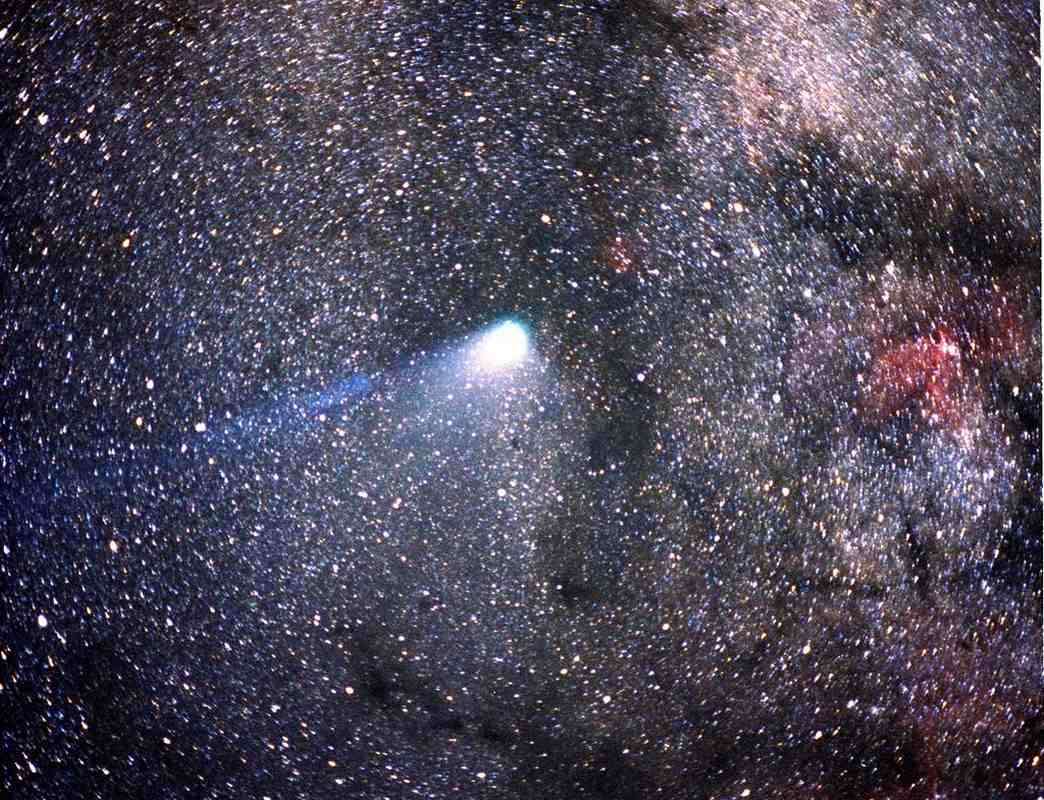NASA Summarizes What New Mars Rover has Found as it Finishes it's Mission at Just Over 1,000 Days
Ever since NASA's 5th Martian rover touched down on the Red Planet, it has been exploring a fan-shaped delta of an extinct water system.

Halley's Comet passed the farthest point in its orbit beyond Neptune and is now heading back toward Earth.
The most famous of all comets has a flattened elliptical orbit that sees it go from the Sun to the outer limits of the solar system. It arrived at the ‘perihelion' or the closest point to the Sun, in February of 1986.
On December 8th, 2023, it passed its ‘aphelion' or the furthest point from its orbit, and over the next few decades, there will be better and better chances to see it.
The Marshall Plan was still in the process of rebuilding Germany after World War II the last time Halley had passed its aphelion.
It should be able to be visible when it enters the area of Jupiter, in 2058. By May 2061, it will pass Mars, before arriving near Earth in June.
Space.com has all the details-a truly staggering amount-one could want for planning a Halley's Comet viewing party 38 years from now including where it will be in the sky at what time of the year, when it's in opposition to the Sun or brighter planets, and when the best time is to see its blue ion tail.
SHARE This Story With Stargazers In Your Social Media…
Be the first to comment